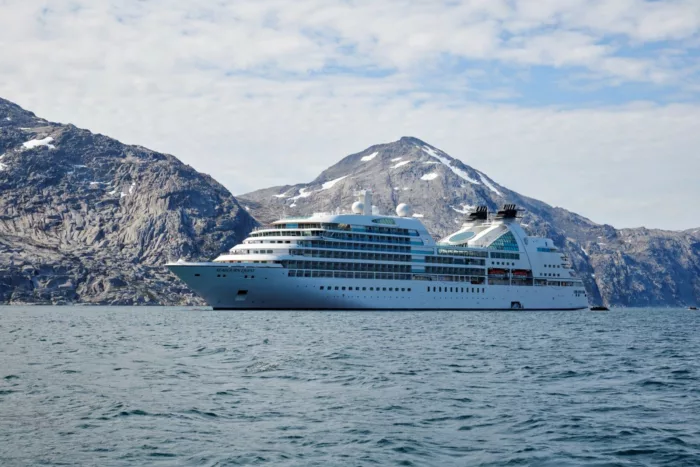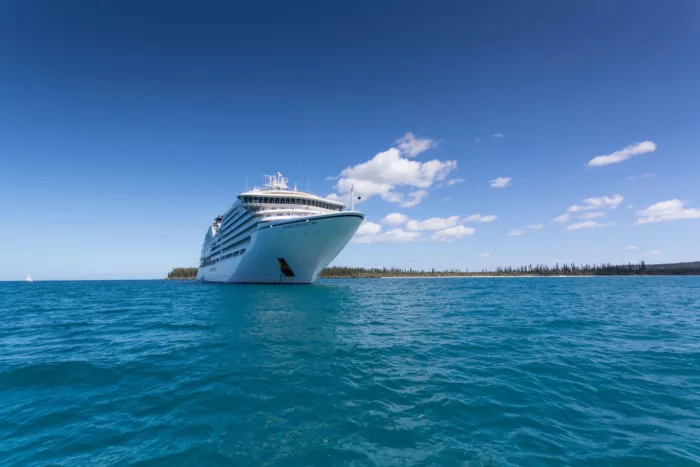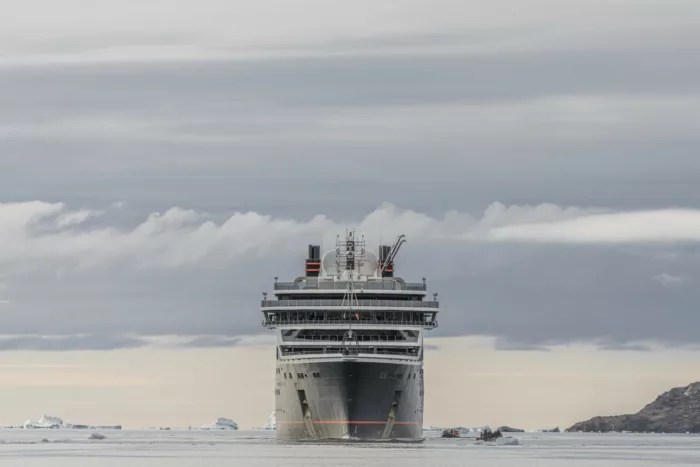Visiting:
Europe

Seabourn
For decadent luxury that sails hand-in-hand with personalised experience and in-depth access to world heritage, may we introduce Seabourn Cruises.
Blending nimble power and grace with beautifully designed spaces, Seabourn ships can be likened to lavish resorts. Except, uniquely, the staff already know you just as they also remember your favourite drink.
450
Passengers
330
Crew
2011
Launched
32000t
Tonnage
198m
Length
26m
Width
19kts
Speed
10
Decks
USD
Currency
Cruise Itinerary
Day 1
Sydney, New South Wales, Australia
Day 2
At Sea
Relax and make the most of the myriad of facilities available on board the ship, from fantastic entertainment to delicious and diverse dining options.
Day 3
Melbourne, Victoria, Australia
Day 4
At Sea
Relax and make the most of the myriad of facilities available on board the ship, from fantastic entertainment to delicious and diverse dining options.
Day 5
Hobart, Tasmania, Australia
Days 6 - 9
At Sea
Relax and make the most of the myriad of facilities available on board the ship, from fantastic entertainment to delicious and diverse dining options.
Day 10
Oban, Scotland
Day 11
Timaru, New Zealand
Day 12
Kaikoura, New Zealand
Day 13
Picton, New Zealand
Day 14
Napier, New Zealand
Day 15
At Sea
Relax and make the most of the myriad of facilities available on board the ship, from fantastic entertainment to delicious and diverse dining options.
Day 16
Auckland, New Zealand

Day 1
Sydney, New South Wales, Australia

Day 2
At Sea

Day 3
Melbourne, Victoria, Australia

Day 4
At Sea

Day 5
Hobart, Tasmania, Australia

Days 6 - 9
At Sea

Day 10
Oban, Scotland

Day 11
Timaru, New Zealand

Day 12
Kaikoura, New Zealand

Day 13
Picton, New Zealand

Day 14
Napier, New Zealand

Day 15
At Sea

Day 16
Auckland, New Zealand
Ship Details


Seabourn
Seabourn Quest
Seabourn Quest is the third iteration of the vessel design that has been called “a game-changer for the luxury segment.”
Cabins
All Prices












